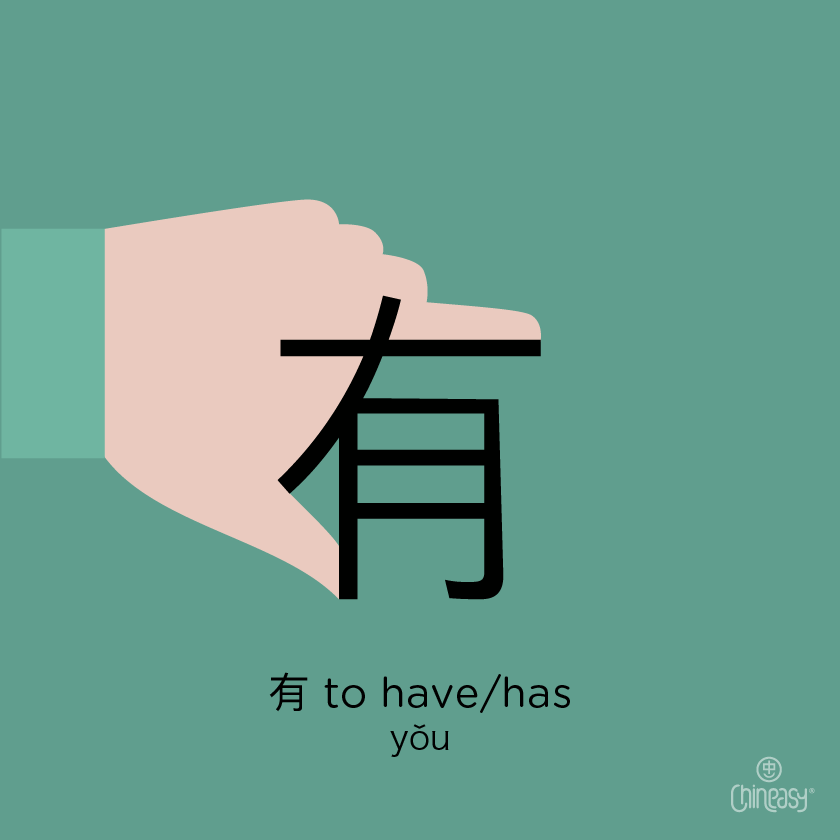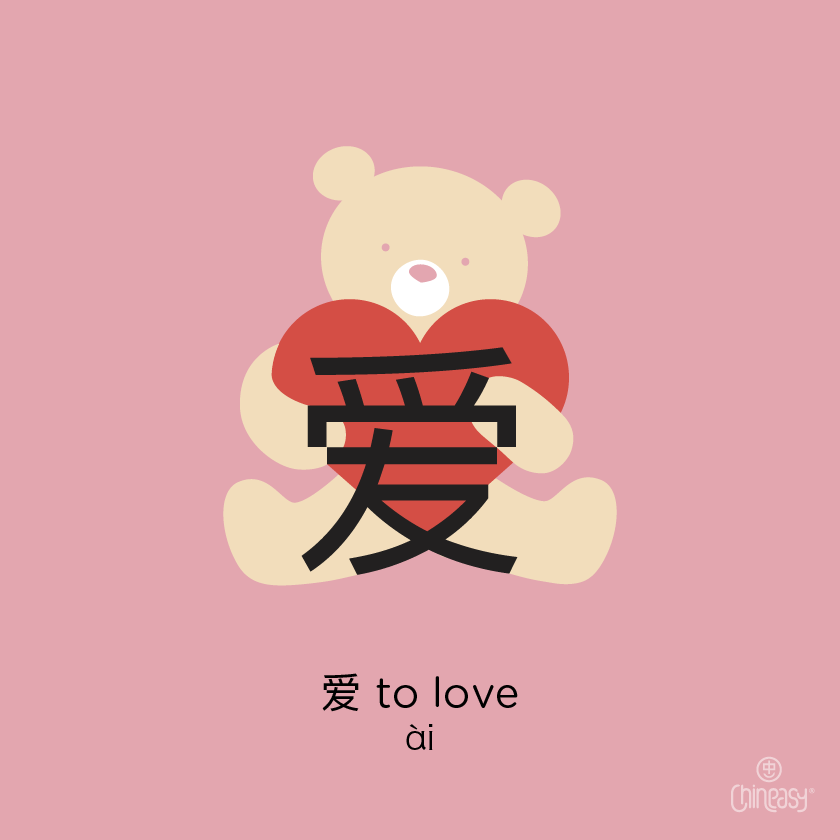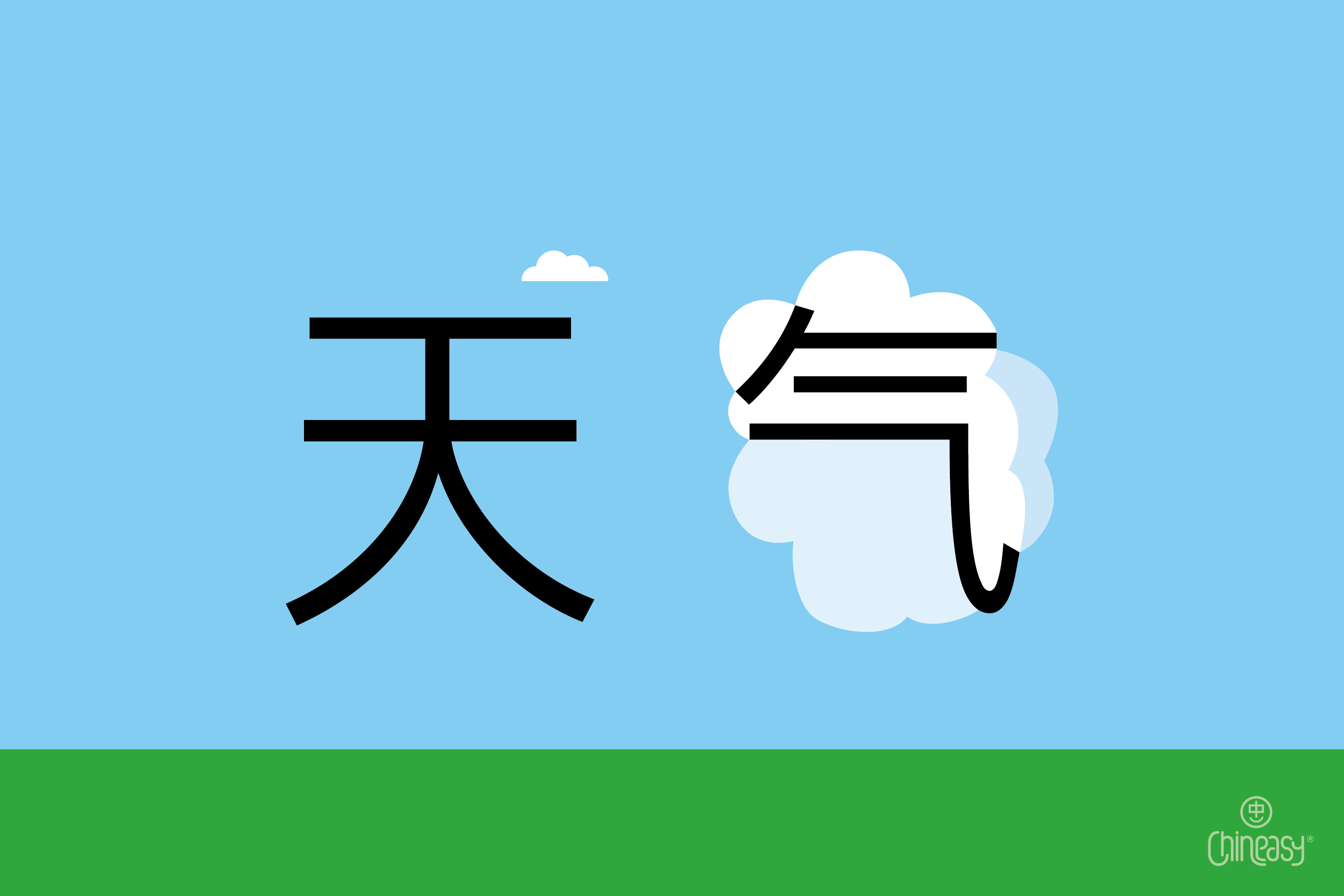Are you learning Mandarin Chinese? The HSK, or Hanyu Shuiping Kaoshi (汉语水平考试), is your passport to proving your proficiency.
In English, it’s known as the “Chinese Proficiency Test.”
With HSK 1 as the starting point and HSK 6 as the peak, this journey has milestones for every learner.
If you’re gearing up for the HSK 1 test, you’re in luck! In this post, we spotlight the 15 essential verbs for acing that test.
Plus, get real-life sentences straight from past papers and handy audio clips to perfect your pronunciation. Let’s get you test-ready!
Am/are/is 是
Let’s dive straight into the essentials! In English, the verb “to be” can take many forms like am, are, is, was, and were.
But Chinese simplifies it for us. All you need is 是 (shì) for all those forms, no matter the subject or tense. Pretty straightforward, right?
But hold on! There’s a small twist.
When you want to say something like “I am happy,” you don’t use 是 (shì) for “am.” Instead, you use 很 (hěn), which usually means “very.”
Yet, in this case, it’s not emphasizing the “very”; it’s just how Chinese grammar structures this type of sentence, i.e. subject + be verb + adjective. So, “I am happy” becomes “I 很 happy.”
HSK 1 sentence:
He is a teacher.
他是老师。
(tā shì lǎoshī)
Literally: he + is + teacher.
To call 叫
Moving on to introductions! When you’re introducing yourself in Mandarin, 叫 (jiào) is your go-to verb.
For example, to say “my name is,” use 我叫 (wǒ jiào) followed by your name. The word 我 (wǒ) means “I,” and in this context, 叫 (jiào) translates to “to be called.” So, 我叫 (wǒ jiào) literally means “I’m called.”
Similarly, when mentioning someone else’s name, like “his name is,” you’d use 他叫 (tā jiào) followed by the person’s name. The word 他 (tā) stands for “he.”
HSK 1 sentence:
What’s your name?
你叫什么名字?
(nǐ jiào shénme míngzì)
Literally: he + to be called + what + name.
Have/has 有

Jumping into another core verb! Ever wondered about the story behind this Chinese character? The character 有 (yǒu) originally showed a hand grasping meat.
Why?
Well, meat was a precious commodity in ancient times, symbolizing something valuable “to possess.”
Today, 有 (yǒu) primarily means “to have/has.” But it doesn’t stop there; in some contexts, it translates to “there is/are.”
A fun way to remember its pronunciation? Think of the yo-yo toy you have and play.
HSK 1 sentence:
He has fifty students.
他有五十个学生。
(tā yǒu wǔshí ge xuéshēng)
Literally: he + has + 50 + the measure word 个 + student.
To go 去
On to our next key verb! The character 去 (qù) is just as prevalent as 有 (yǒu; to have/has).
Here’s a bit of history: the original depiction of 去 was a person stepping out of a cave, symbolizing the act of leaving or “going” elsewhere.
HSK 1 sentence:
He will go to China next month.
他下个月去中国。
(tā xià ge yuè qù zhōngguó)
Literally: he + next + the measure word 个 + month + to go + China.
To come 来
From “going” to “coming,” let’s flip the direction! Meet 来 (lái), the counterpart to 去 (qù).
The character’s design originally represented a wheat plant. Picture it: wheat swaying invitingly in the breeze as if beckoning you “to come.”
HSK 1 sentence:
Which year did you come to China?
你是哪年来中国的?
(nǐ shì nǎ nián lái zhōngguó de)
Literally: you + were + which + year + to come + China + the grammatical particle 的.
To return 回

Now, let’s journey back! Dive into the origins of 回 (huí), and you’ll find a symbol that speaks of “whirls” and “circles,” almost like a vortex.
Today, its journey has brought it to mean “to return” in Chinese.
HSK 1 sentence:
When will they be back?
他们什么时候回来?
(tāmen shénme shíhòu huílái)
Literally: they + what + time + to come back.
To like 喜欢
Enjoying the Chinese-learning journey so far? Well, here’s a word for that feeling: 喜欢 (xǐhuān), meaning “to like.”
Dive a bit deeper, and you’ll discover the two characters that make up this verb: 喜, hinting at “fondness,” and 欢, which conveys “happiness.” Combine them, and you’ve got the perfect way to express “liking” something in Mandarin.
Quick note: use 喜欢 strictly to mean “to like.” Don’t confuse it with the adverbial form of “like” in English.
HSK 1 sentence:
I like this computer.
我喜欢这个电脑。
(wǒ xǐhuān zhè ge diànnǎo)
Literally: I + to like + this + the measure word 个 + computer.
To love 爱

From liking to loving, we have you covered. Dive into the depths of the character 爱 (ài), and you’ll uncover an ancient depiction: a person holding their heart (心).
Think of two hearts coming together in love (爱). Need a mnemonic? Just remember: “I (ài) love myself.”
HSK 1 sentence:
(My) daughter and I both love watching movies.
女儿和我都爱看电影。
(nǚ’ér hé wǒ dōu ài kàn diànyǐng)
Literally: daughter + and + I + both + to love + to watch + movie.
To eat 吃
Hungry for another verb? Feast your eyes on 吃 (chī), which means “to eat.”
Dive this compound character, and you’ll see the character for “mouth” (口) beside the symbol for “beg” (乞). So when your “mouth” is “begging” for something, it’s craving to “eat”!
HSK 1 sentence:
(My) son loves eating rice.
儿子爱吃米饭。
(érzi ài chī mǐfàn)
Literally: son + to love + to eat + cooked rice.
To drink 喝

From feasting to quenching! Once you’ve grasped “to eat” (吃), it’s natural to segue into “to drink” or 喝 (hē) in Chinese.
Peek inside this character, and you’ll find the symbol for “mouth” (口) paired with the one that signifies “to yell out loud” (曷). Picture someone taking a gulp!
HSK 1 sentence:
I want to drink water.
我想喝水。
(wǒ xiǎng hē shuǐ)
Literally: I + to want + to drink + water.
To watch 看
From munching and sipping in the kitchen, we move to the living room. What’s a common activity there? Watching TV!
That brings us to our verb for “to watch”: 看 (kàn). Historically, this compound character was visualized as a hand shielding an eye, looking into the distance.
This imagery is retained in its current form, encapsulating the actions “to look,” “to watch,” or even “to read.”
HSK 1 sentence:
I’m watching TV at home.
我在家看电视。
(wǒ zài jiā kàn diànshì)
Literally: I + at + home + to watch + TV.
To listen 听
Tuning in? That’s where 听 (tīng) comes in. Whether it’s music, a lecture, or just eavesdropping on some juicy gossip, 听 is the verb you’ll use when you want to “listen.”
To help remember its pronunciation, imagine tapping a “tin” can to create a sound that you’re eagerly listening to.
HSK 1 sentence:
Listen to each question twice.
每题听两次。
(měi tí tīng liǎng cì)
Literally: each + question + to listen + two + time.
To speak 说
From passive listening to active communicating! 说 (shuō) is your verb for “to speak,” “to say” or “to talk.” Whether joining a discussion or just chatting away, 说 is the word to know.
Quick insight: While both 说 and 说话 mean “to speak,” they have nuanced differences. The character 话 translates to “dialect” or “spoken language.” Use 说 when referring to speaking something specifically, like Chinese or Japanese.
On the other hand, 说话 is broader, encompassing speaking in general or conversing.
HSK 1 sentence:
Who is speaking?
谁在说话?
(shéi zài shuōhuà)
Literally: who + -ing + to speak.
To read 读
Diving into books or scripts? Use 读 (dú) when you’re “reading” or “studying.”
While 看 (kàn) can also mean “to read,” 读 emphasizes reading in-depth or reading aloud, setting it apart from the more casual or leisurely reading associated with 看.
HSK 1 sentence:
How to read this character?
这个汉字怎么读?
(zhè ge hànzì zěnme dú)
Literally: this + the measure word 个 + Chinese character + how + to read.
To write 写
From absorbing words to creating them! When it’s time to jot down notes, pen a letter, or craft a story, you’ll be using 写 (xiě) which means “to write.”
HSK 1 sentence:
Did you write these characters?
这些字是你写的吗?
(zhèxiē zì shì nǐ xiě de ma)
Literally: these + character + are + you + to write + the grammatical particle 的 + the yes/no question marker 吗.
During our exploration of important HSK 1 verbs, we looked at the origins of some characters and used simple memory aids. Think of the “yo-yo” for 有 (to have/has) and the “tin” for 听 (to listen).
But to truly grasp these words, it’s vital to use them regularly. Try out the sample sentences we shared in your day-to-day Chinese practices.
This will strengthen your understanding and help you feel more at ease with these verbs.
And as you prepare for your HSK exams, remember: practice makes perfect. Good luck with your studies and HSK exams.



